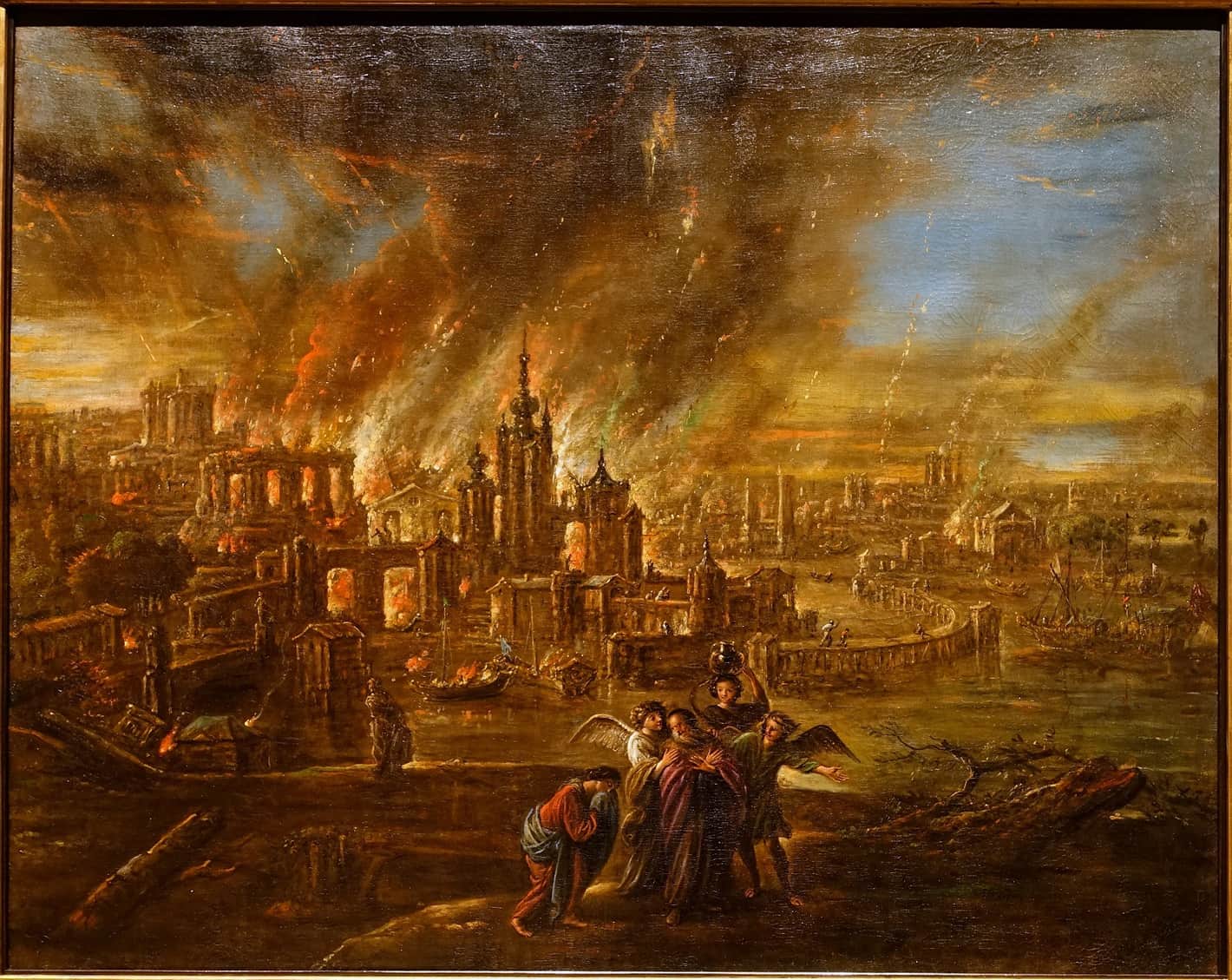
ADVERTISEMENT - CONTINUE READING BELOW
28. A Biblical Narrative Based on a Real-Life Ancient Natural Disaster?
For a decade and a half, archaeologists oversaw excavations by hundreds of people at Tell el-Hammam. Their findings were examined by dozens of scientists in the US, Canada, and the Czech Republic. One thing that jumped out was a five-foot-thick layer from around 1650 BC, comprised of charcoal and ash, intermingled with melted metal, melted pottery, and melted bricks. There was also shocked quartz, generated at pressures of 725,000 psi or more, and diamonds, wood and plant particles turned tough as diamonds under great heat and pressure. It was evidence of an intense firestorm, but not one caused by ancient warfare, an earthquake, or volcano: they don’t generate enough heat to melt metal, pottery, or bricks. The only known culprits that could inflict such damage are nuclear blasts and asteroid airbursts. Nuclear weapons were unknown 3650 years ago, so that narrowed it down.

ADVERTISEMENT - CONTINUE READING BELOW
The site and the region for miles around Tell el-Hammam were abandoned for centuries after the disaster. It is believed that the explosion vaporized and deposited so much Dead Sea saltwater in the area, that it became impossible to grow crops. It took about 600 years before rainfall washed out enough salt to render the soil sufficiently productive for habitation to resume. Accounts of the ancient city’s obliteration were likely handed down over the generations, and a version probably made it into the Old Testament as the story of Sodom and Gomorrah. Similarities about cities near the Dead Sea destroyed by fire and rocks from the sky make it plausible – even likely – that the biblical narrative can be traced to the airburst that demolished Tell el-Hammam.

